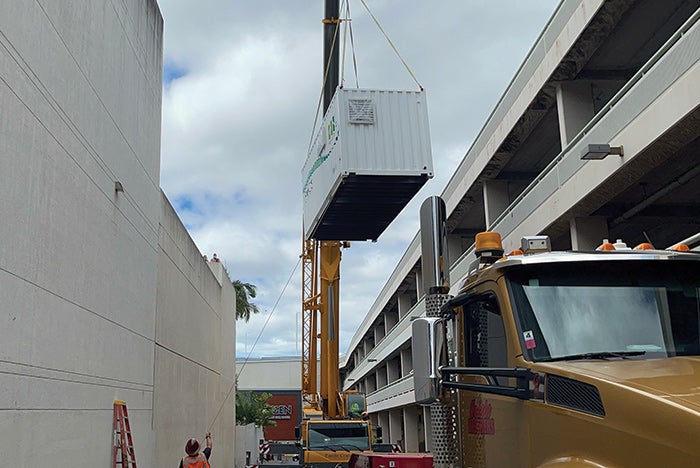A technology comes of age
Oxygen concentrators have reached the level of reliability, economic performance and clinical acceptance that health care facilities are beginning to install and operate them, particularly in many areas outside of the U.S. where traditional supplies are expensive, unreliable or simply unobtainable.
While previous editions of codes did not technically prohibit the use of oxygen concentrators, there was a significant lack of information to ensure that their specifications and installation would meet the requirements to supply oxygen for medical use.
Beginning in the 2018 edition, the National Fire Protection Association’s NFPA 99, Health Care Facilities Code, introduced requirements for the use of these devices. The code now outlines requirements for the use of concentrators to supply the oxygen central supply and/or the use of portable concentrator units that can be used at the patient bedside. The requirements for central supply and portable units in NFPA 99 are mostly directed to manufacturers to ensure the reliability of these systems and the protection of the patients, but it would still be incumbent on the one specifying the equipment to ensure compliance with NFPA 99.
While changing to oxygen concentrators as the sole supplier for a piped oxygen system may sound like a perfect answer to rising costs, supply shortages and service delays, it is important to analyze a health care facility’s needs and ensure that the system would be capable of supplying the desired product.
There are two very different types of medical oxygen that can be used for patients, “Oxygen USP,” which is required to contain 99% or more oxygen; and “Oxygen 93 USP,” which contains not less than 90% and not more than 96% oxygen. Concentrators may be available to produce both, but predominantly concentrators currently on the market supply Oxygen 93 USP.
While most patients are prescribed a mix of oxygen and medical air, there may be some instances where 99% oxygen is necessary.
Sidebar by Chad E. Beebe, AIA, CHFM, CFPS, CBO, FASHE, deputy executive director for the American Society for Health Care Engineering.


